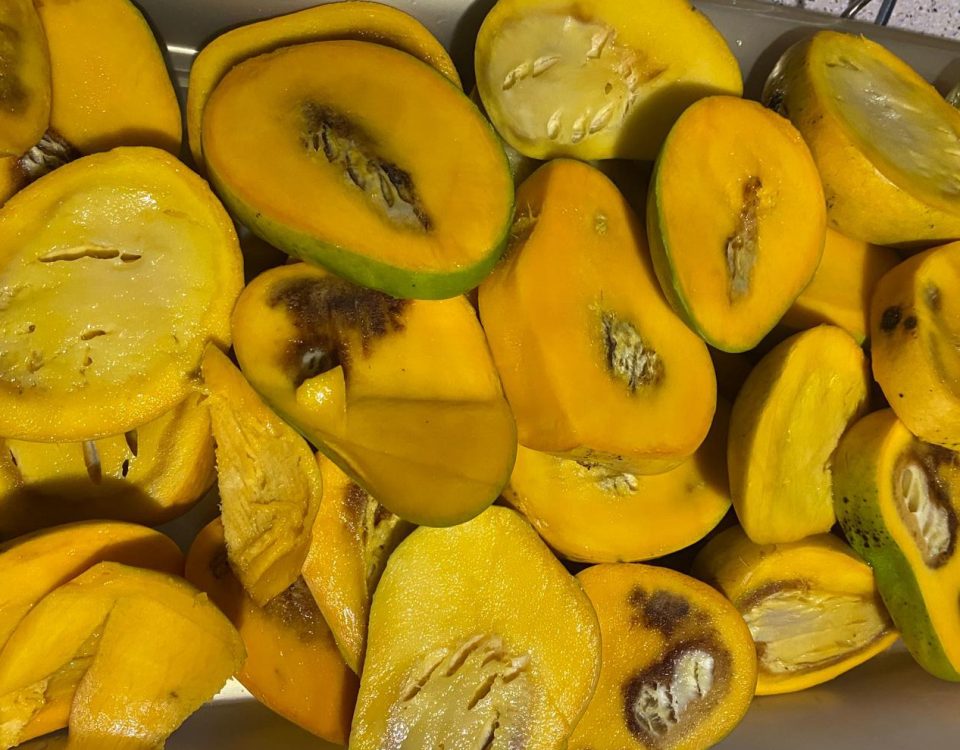Exploring the Global Tapestry: A Journey Through Different Cargo Commodities

From Rejection to Redemption: How Recoupex Rescued a Rejected Cargo Claim
May 12, 2023
Demystifying Air Cargo Claims: Understanding the Essentials
May 12, 2023The interconnectedness of our global economy relies on the exchange of various commodities across borders. In this captivating blog post, we embark on a journey to explore the rich tapestry of cargo commodities exported worldwide by Recoupex clients. From raw materials to finished products, we delve into the diverse range of goods that fuel international trade and shape economies around the globe.
- Agricultural Products
Agricultural commodities form the backbone of food security and international trade. From grains such as rice, wheat, and corn to fruits, coffee, sugar, vegetables, and livestock products, agricultural exports contribute significantly to the global food supply chain. Countries specialize in producing specific crops based on their natural resources, climate, and agricultural expertise, facilitating trade and satisfying diverse dietary needs around the world.
- Manufacturing Goods
Manufacturing goods encompass a broad range of products, including automobiles, electronics, textiles, machinery, and consumer goods. Countries with advanced manufacturing capabilities export finished goods, capitalizing on their technological expertise and labor resources. These exports drive industrialization, economic diversification, and job creation. Manufacturers also benefit from global value chains, where different components or parts are produced in various countries and assembled into final products, maximizing efficiency and competitiveness.
- Energy and Natural Resources
Energy commodities, such as crude oil, natural gas, and coal, dominate global trade. These resources power industries, transportation, and households worldwide. Additionally, minerals, including iron ore, copper, manganese play a vital role in infrastructure development and manufacturing processes. The export of energy and natural resources drives economic growth in resource-rich nations and satisfies the demand for these essential commodities globally.
The global export landscape is a vibrant tapestry, intricately woven by a vast array of cargo commodities. From energy resources to agricultural products to manufacturing goods these exports propel economies, drive innovation, and meet the needs of a diverse and interconnected world. Understanding this rich diversity is key to appreciating the global trade ecosystem that underpins our modern way of life.



